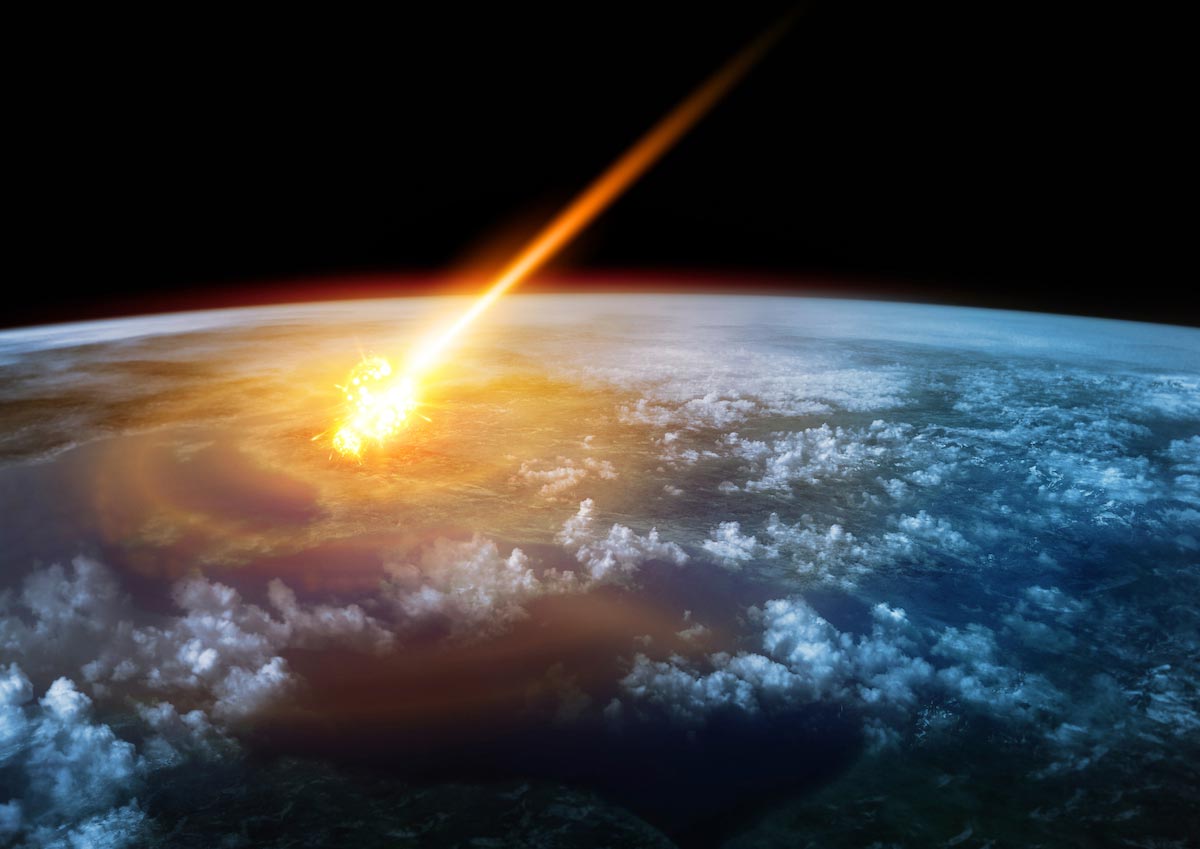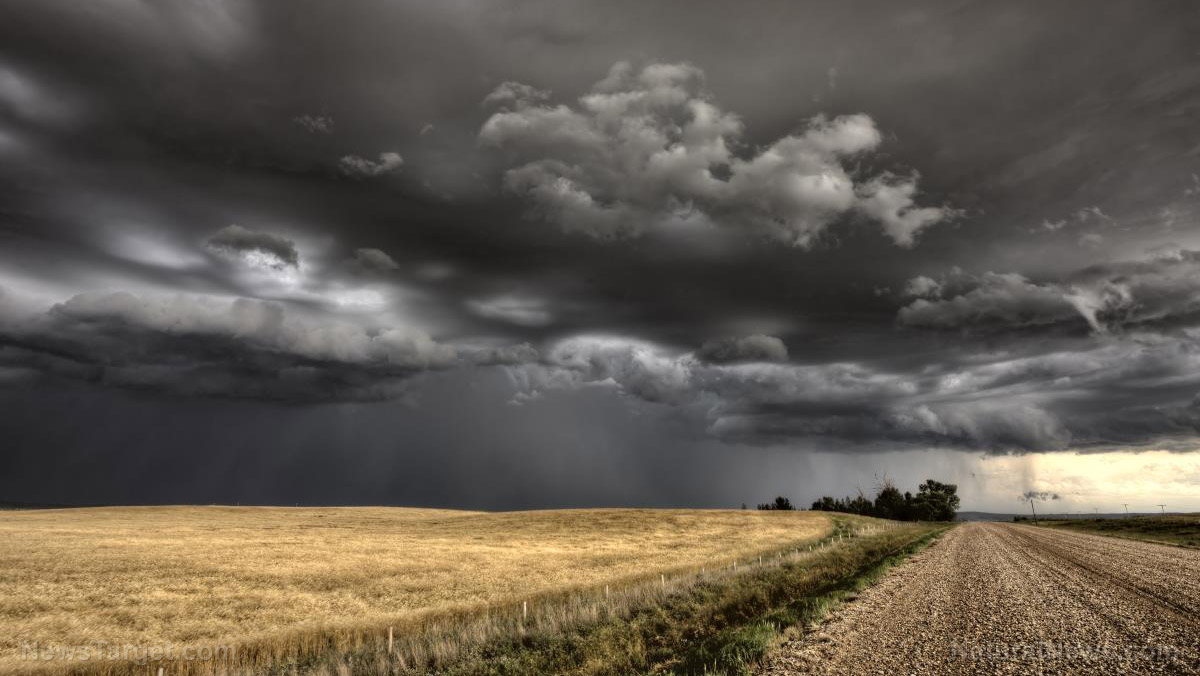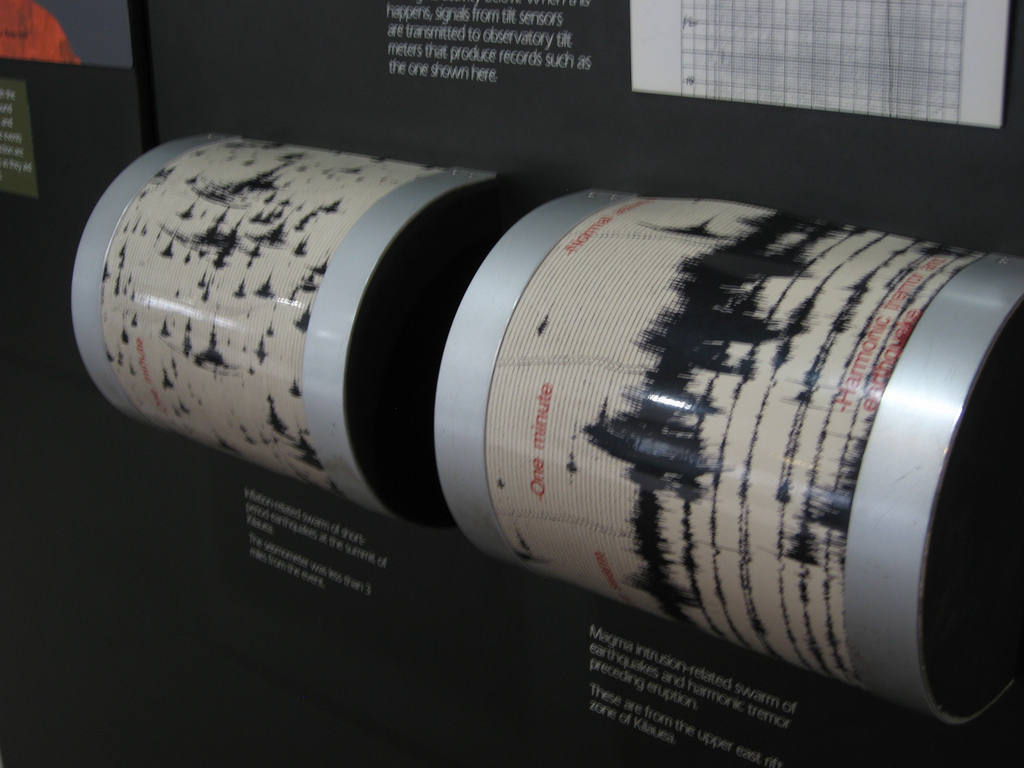
Advertisement
Impacts from near-Earth objects (NEO) have caused some of the biggest mass extinction events ever experienced by Earth. Now, an international team has come together for an exercise to track one such NEO and assess the threat it posed while demonstrating how experts from around the world can come together in response to such a threat.
A team of 69 scientists from various countries, with the support of the NASA Planetary Defense Office, tracked the asteroid 2012 TC4 as it passed close to Earth in 2017. Using various telescopes and instruments, the scientists studied various aspects of the asteroid to see what the ramifications would be should a similar object hit Earth. At the same time, the study also helped demonstrate how scientists could work together when such an object is detected.
Determining if an asteroid could hit Earth
Asteroid 2012 TC4 flew by Earth at a distance of only 31,000 miles — pretty close by interstellar standards. At an estimated 50 feet long and 20 feet wide, 2012 TC4 wasn’t big enough to cause any sort of extinction level event (ELE). That said, the asteroid’s size is enough to still have caused significant damage had it hit the planet.
In 2012, a similarly sized asteroid entered the atmosphere above Russia before eventually exploding over Chelyabinsk Oblast at a height of around 18.5 miles, or 97,000 feet. Over 1,500 people were injured from the blast, mostly from glass shard from windows that broke as a result of the shock wave from the explosion.
While the bulk of the Chelyabinsk meteor’s energy was absorbed by the atmosphere, estimates of its total kinetic energy from infrasound and seismic measurements put it at the equivalent of 400 to 500 kilotons of TNT, 26 to 33 times as much energy as the atomic bomb detonated at Hiroshima. Equally as disturbing is the fact that the Chelyabinsk asteroid was undetected before it entered the Earth’s atmosphere, due in part to it flying in from the direction of the Sun.
With this in mind, the scientists tracked 2012 TC4 to learn more about how its various attributes, such as shape, rotation period and even its composition, affected its orbit and if they could use the data to predict if another asteroid could hit Earth.
With a visual magnitude of only V=27, 2012 TC4 represents the faintest NEO detected so far. To track it, the team used a number of telescopes both on Earth and in space. These included the Very Large Telescope (VLT) in Chile, and the Panoramic Survey Telescope and Rapid Response System (Pan-STARRS1) in Hawaii. The former is the most productive ground-based astronomical facility in the world (surpassed only by space-based telescopes, like the Hubble Telescope), while the latter is the leading telescope for tracking NEOs.
Using these and other telescopes, the scientists collected all the data they needed to predict 2012 TC4’s trajectory, and its risk of hitting Earth, even if it was only visible for a short amount of time. As a bonus, being able to track its composition allowed the scientists to predict what would happen if it actually hit Earth. (Related: NASA chief: Asteroid strikes are not like the movies, world powers should prepare for impact.)
An exercise in worldwide coordination
Based on what the scientists observed, 2012 TC4 did not behave in any way other than what was expected of a near-Earth asteroid. However, the exercise did show the benefits of the combined effort of the scientists from all over the world.
“In my opinion, the most interesting part of this work was the worldwide coordination and how well each of the different groups worked together.” stated Northern Arizona University‘s Cristina Thomas, who published a paper on the exercise.
“Each group of observers used the information provided by other groups to help construct a more complete picture of 2012 TC4.”
Moving forward, the scientists will be looking at other NEOs, which will include working with NASA on the Double Asteroid Redirection Test (DART) mission. This mission will have a probe crash into an asteroid to test if such an impact could deflect the asteroid from hitting Earth.
Visit Space.news for more stories and studies on the potential dangers of asteroid impacts.
Sources include:
Advertisement
Advertisements
















